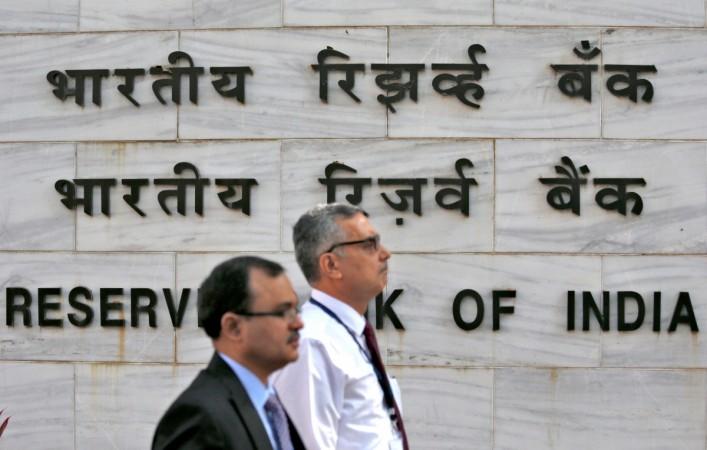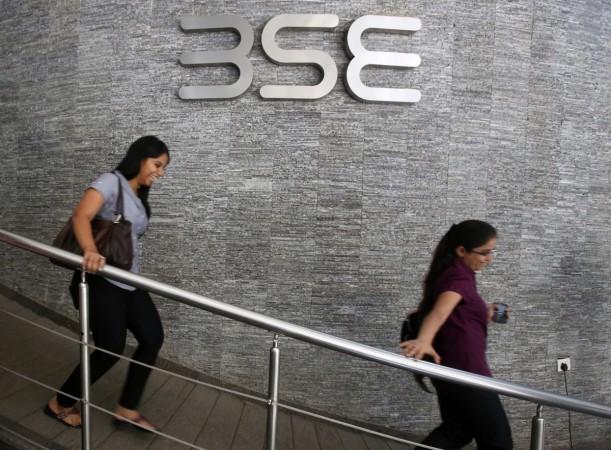
Despite retail inflation at record low (2.99 percent in April) and a sluggish economy, the Reserve Bank of India (RBI) might retain the repo rate at its June 6-7 meeting, feel economists. The RBI's Monetary Policy Committee (MPC) meeting on Tuesday starts amid fresh macroeconomic data.
The RBI slashed the repo rate in October 2016 from 6.50 to 6.25 percent. Since then, the rate has remained unchanged.
Manika Premsingh, economist and founder of Orbis Economics, said it's time to look beyond repo rate to bring down interest rates.
"The question is: Should it (lower interest rates) be achieved through a repo rate cut? With the central bank highlighting time and again about the lack of ample monetary policy transmission, it might be time for the use of a more blunt instrument – like a cut in the CRR – to achieve its purpose," Premsingh told International Business Times India Edition.
CRR, or cash reserve ratio, is the amount banks have to keep with the RBI. The current CRR is 4 percent. A lower CRR would mean more money with banks for lending.
Radhika Rao, economist, group research, DBS Bank, also argued in favour of a likely status quo, saying a rate cut won't translate into lower lending rates by banks.
"Despite the 175bp rate cuts since early last year and part of these transmitted through the banking channel, industry loan growth has stagnated and investment demand slowed to 2.4 percent YoY in FY17 from 6.5 percent year before. Another measured cut will thereby do little to change these dynamics," she said in her note on Monday.
"Hence the benchmark rates are likely to leave unchanged, with lowering of the official GVA and CPI inflation projections to provide the room for the policy guidance to soften. Rate hike bets have completely unwound," Rao added.
Upasna Bhardwaj, senior economist at Kotak Mahindra Bank (KMB), also said the RBI will leave the repo rate unchanged.
Low bank credit growth to persist
Financial year 2016-17 was marked by a significant event — demonetisation — that saw a surge in deposits while credit growth plunged to a six-decade low of 5.08 percent. Deposits grew 11.75 percent, as people rushed to banks to deposit the demonetised notes.
The current fiscal won't see much improvement in terms of a pick-up in lending, according to Premsingh.
"Bank credit slowdown is led by a shrinking in industrial credit, which is the biggest component, accounting for 35% of total bank credit. As long as India's industrial growth piece is not functioning at its optimum levels, credit growth will continue to be sluggish," she said.
Bharadwaj of KMB is also of the same view.
"We do not expect sharp revival in credit growth this year, given that private investment still remains a laggard. We are looking at around 8-9% growth largely driven by personal loans and in part the growth in credit off in the service sector. Growth in industrial sector is expected to still remain muted, in part due to lack of capex revival and in part because corporates are depending on other cheaper sources of financing like commercial papers," she told International Business Times India Edition.
June quarter GDP and GST challenges
Radhika Rao of DBS Bank feels the economy could pick up momentum in June quarter after the 6.1 percent GDP growth rate (5.6 percent GVA) for the March 2017 quarter, but will slow down again.
"Into 2Q (June 2017 quarter), the momentum is likely to be more positive, with on-track remonetisation, normal monsoon, better wage growth, lower financing costs and fresh action to address the banking sector challenges. Growth might soften temporarily in 3Q (September 2017 quarter) yet again in wake of GST implementation, but return to trend late-year," she wrote.
As already reported, the Goods and Services Tax (GST) regime will be rolled out from July 1, 2017.
Foreign investment inflows to remain stable
India, which has been witnessing a surge in foreign portfolio inflows both into debt and equity markets, continue to maintain the momentum irrespective of the MPC's decision.
"There may be some slowdown in the momentum in the near term on flows but given that we are definitely very close if not the end of the monetary easing cycle and that RBI remains committed to anchoring inflation, we continue to see inflows," Bharadwaj said.
Markets end with minor gains
On Monday, the BSE Sensex closed 36 points higher, or 0.12 percent, at 31,309, ahead of the MPC meeting. Rate-sensitive stocks such as banks and FMCG companies ended on a mixed note. The BSE Bankex closed 0.35 percent higher while the BSE FMCG index was up 0.08 percent.









